When it comes to safe toys, it pays to be chews-y about what you give your furry friend. A quick walk down the pet toy or treat aisle at any major store reveals a surplus of tempting but treacherous choices that could leave your pet in pain—and your pocketbook empty. If you’re wondering how a little chew bone could possibly harm your pet, allow us to explain the good, the bad, and the ugly of pet chew toys.
Why safe dog chew toys matter
You may not give much thought to your dog’s chew toy until they end up needing emergency veterinary care or surgery, but unfortunately, this is all too common. In one study, 4 percent of dogs—roughly one in 25—needed veterinary treatment for a chew-related injury.
Despite owners’ best intentions, many do not realize that most popular dog chews are wildly inappropriate. The most common conditions caused by chew toys include:
- Fractured teeth
- Choking
- Oral or internal lacerations and punctures
- Gastrointestinal blockages
- Constipation
Because dogs will be dogs, no chew toy is 100 percent safe. Rather, your dog’s safety will always depend on you choosing the appropriate toy for their chewing style, and closely supervising their interactions with the toy or treat. That said, knowing what to look for can help ensure healthy and hazard-free fun for your dog.
How chewing benefits your dog’s health
Chewing is a natural behavior for dogs that begins early as puppies, when they chew during teething to relieve sore gums. Chewing decreases stress and promotes relaxation, which can prevent unwanted boredom or anxiety-based behavior. Chewing on slightly abrasive surfaces can also reduce plaque and tartar buildup on tooth surfaces. Providing appropriate chewing options can also protect your furniture, as pets are less likely to choose your dining room table legs when a tasty treat is available.
The good—safe chew toys for dogs
Safe chew toys must have a slight give so they yield to your dog’s tooth pressure. Imagine biting down on a rigid, unyielding bone, and you can see why hard toys lead to dental fractures. Good chews conform somewhat to your dog’s bite, then spring back or—for edible treats—break into digestible pieces. Additional criteria will vary based on whether you are shopping for an edible or inedible chew, but can include:
- Flexibility
- Availability in various sizes
- No harmful chemicals
- Digestibility (e.g., edible treats)
- Breaks into small pieces
- Long-lasting and durable
- Easy to clean
Our top “good chew” picks include something for every dog—from gentle gnawers to jaw-dropping power chewers:
- Classic Kong and WestPaw Zogoflex — These rugged toys are made in the United States from non-toxic materials, and provide a satisfying bite and bounce. Both are available in multiple sizes. A Kong also provides four strengths, from puppy to senior, and an extreme version for hardcore chewers. Kong and the WestPaw Toppl can be stuffed with food and frozen for a long-lasting treat.
- Dental chews — These highly digestible edible treats are proven to remove plaque and tartar as your pet chews. We recommend selecting only brands bearing the Veterinary Oral Health Council seal, such as Greenies, OraVet, Whimzees Brushzees, and Virbac C.E.T Hextra.
- Frozen or dehydrated vegetables and fruits — Let your dog sink their teeth into something healthy by offering a frozen whole carrot or banana, or offer dehydrated sweet potato slices and apples, for a chewy low-calorie snack.
The bad—poor chew choices for dogs
Chews in this category are known to cause dental damage and gastrointestinal upset. Stay away from these popular options:
- Raw bones — Although raw bones do not splinter like cooked bones, they can still cause pets to choke or become constipated. Raw bones may also introduce E.coli and salmonella into your home.
- Yak’s milk chews (i.e., Himalayan chews) — These hard chews are celebrated because they are long-lasting, but can your dog’s teeth stand up to this brick-like block? Probably not.
- Antlers — Split antlers have a sharp, abrasive edge that can slice gingiva, and points that can puncture the oral cavity or throat. The antler’s hard texture is often to blame for dental slab fractures. Although antlers splinter less than normal bones, they can break and lead to an intestinal blockage, if swallowed.
- Marrow bones — These polished white fillable bones are fine as a lickable treat, but a total jawbreaker if chewed.
- Nylabones — While light chewers may enjoy the Flexi-Chew line of flexible flavor-infused toys, many harder versions cause tooth fractures and oral injuries.
The ugly—chews to never give your dog
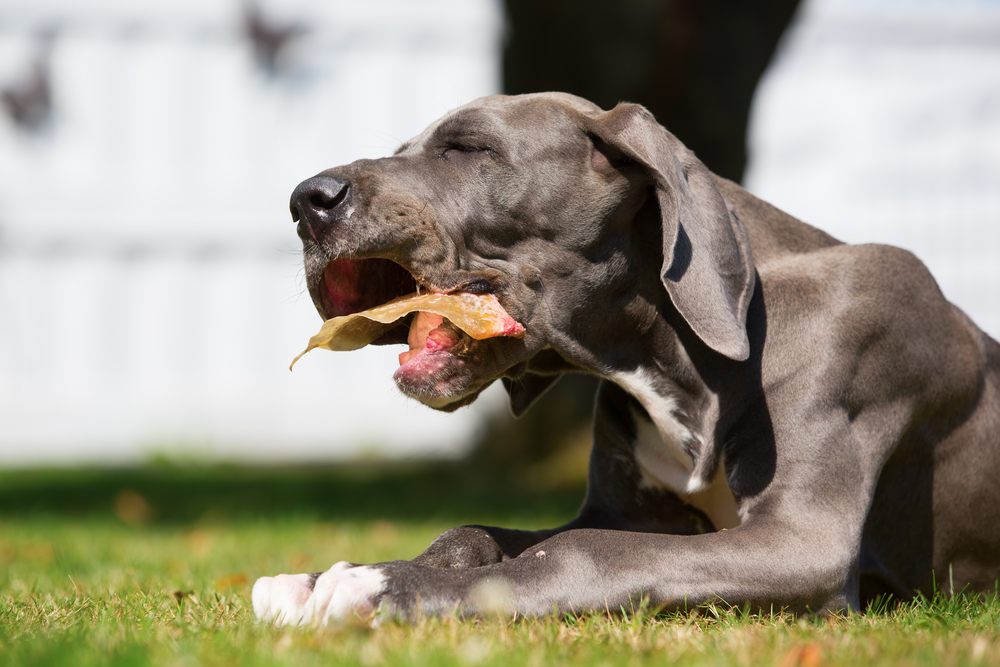
We found many contenders for the “bad choices” on our list, but these perpetual pet favorites are undeniable in their evil:
- Animal hooves — Hooves are notorious for splintering into large shards, which can then cause internal lacerations and intestinal obstruction.
- Pig ears — These may be ear-resistible, but they’re also high in fat, and often lead to life-threatening pancreatitis. Pig ears can also carry salmonella.
- Knuckle bones and cooked bones — Your pet’s tooth enamel is no match for these rock-hard bones. Meaty gristle from knuckle bones can also cause pancreatitis, while cooked bones may split and splinter.
- Cheap rawhide — Rawhide is made with formaldehyde, bleach, hydrogen peroxide, and other dangerous chemicals. Chewed rawhide softens and forms a gummy texture that can block your dog’s airway or intestines, necessitating a timely Heimlich maneuver or emergency surgery.
If the perfect day for your dog includes settling down for a nice nosh, don’t ruin the moment with an inferior chew toy, and an emergency trip to Twin Maples Veterinary Hospital. Give your dog a safe, satisfying good time by selecting a chew toy that fits their needs. To find out if your furry friend’s favorite chew fits the bill, call or text our team.



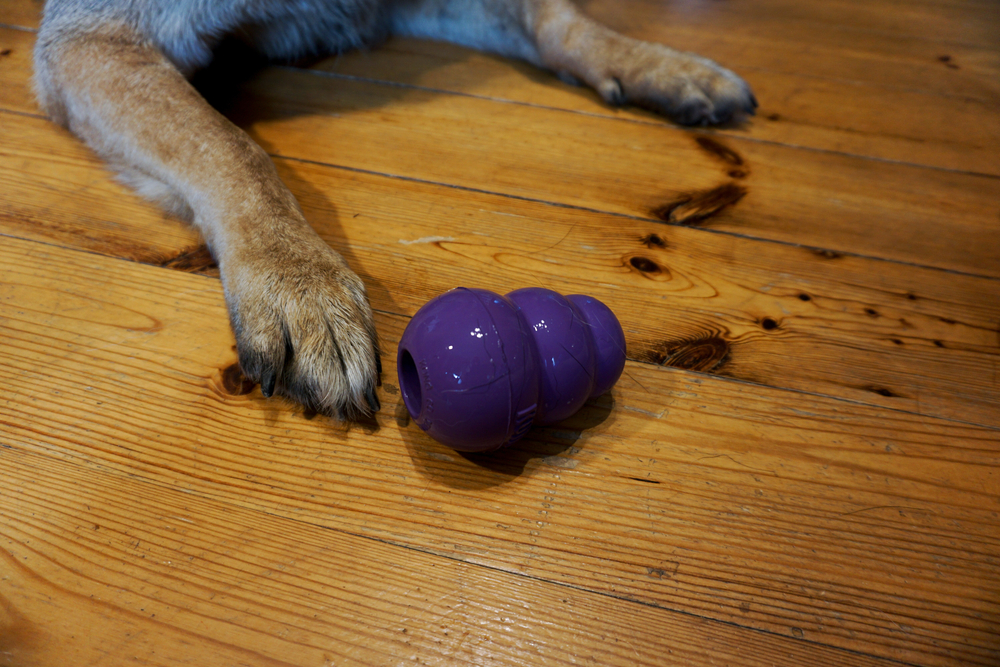
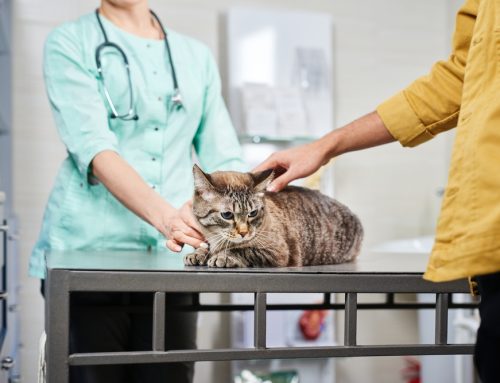
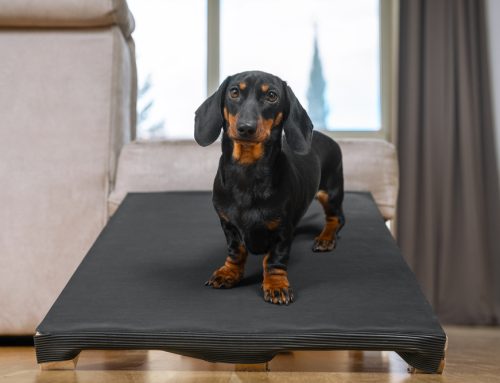
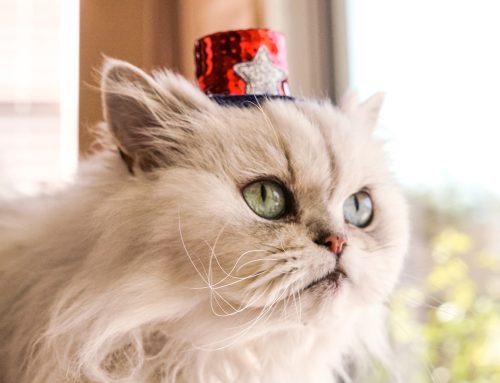
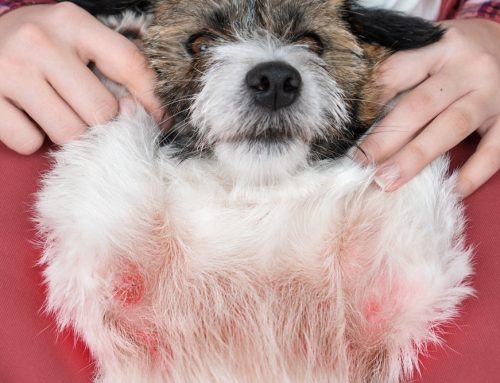

Leave A Comment